Blockchain explained: components, platforms and use cases
Looking for a good source to have blockchain explained from all angles, shedding light on this technology and its many implications? Continue reading to have blockchain explained and broken down into simple key terms.
This article will be helpful both for people who have heard of blockchain technology before, having a basic understanding of it, as well as for people who are completely new to the term. We hope you enjoy this blockchain guide.
What is Blockchain, in a Nutshell?
Blockchain, in a nutshell, is a peer-to-peer decentralized network built on the basis of the internet. A secure, shared, distributed and decentralized ledger used to execute transactions. Basically, this means that blockchain is an infrastructure where:
- Blocks, forming a linear set, record transactions;
- The blocks are distributed across all users of the blockchain network, so every user has a copy;
- None of the users hold administrator rights over the network, thus making the blockchain network decentralized.
Blockchain was first introduced by Satoshi Nakamoto in 2008 as part of the bitcoin cryptocurrency. Bitcoin blockchain prevented central authority from issuing currency, managing ownership and financial transactions. This was the first application of blockchain technology and it has laid the platform for future development of the new concept of decentralization in other industries besides financial.
These days, blockchain technology application has spread across many industries. It is now seen as an approach to software architecture development that involves creating a decentralized network of interconnected users (nodes) where certain “consensus mechanisms” are applied in order to store, manage and modify information they hold, while all interactions (transactions) are secured by the process of cryptography.
Let’s dive a bit deeper into this groundbreaking technology to make sure we have blockchain explained fully, leaving no gray areas.
Blockchain Explained: Core Blockchain Components
Blockchain is a computing paradigm based on an ecosystem of interrelated concepts and technologies. These concepts form the backbone of the many applications of blockchain throughout multiple industries. The core components of a blockchain are explained in greater detail below.
The Blockchain Itself (Blockchain Network)

The blockchain network is a data structure which stores data and information on manipulation of this data within a semi-public chain of linear containers (blocks). Any user of the blockchain can see and verify that information has been placed in a block because these blocks have the signature of its owner on it. Only the owner holds private keys (hash data) and has the right to access data stored within the block.
An important trait of a blockchain network is its immutability: this means that once a transaction has been recorded, it can never be erased from the system. The blockchain behaves similar to a database with the exception that part of its information (the header) is public. Thus the main principles of blockchain are public visibility and private inspection.
Let’s try to have this concept of blockchain explained using simple words. Think of it as a home address. The address can be made public and posted in an address database, however, only the owner of the house has a private key and is able to enter. Another important point here: once the owner has claimed that address as their own, nobody else can claim this address.
Blockchain Explained: Decentralized Consensus
Decentralized consensus stands to replace the notion of centralized consensus where a central database and authority is used to manage and verify transactions. A decentralized consensus model throws authority out of the picture and establishes trust through a decentralized network of nodes.
The nodes constantly record transactions, often in a sequential manner, into public “blocks”, creating the “blockchain”. Each block contains hash data of the previous action (transaction). Cryptography is used to authenticate the transaction source, eliminating the need for central authority to validate the transaction. The nodes enter into an agreement (consensus) on whether the transaction was valid and that the block is worthy to be added to the blockchain.
Cryptography and the network of nodes together ensure that there are no duplicates of the same transaction. The consensus logic code is a separate layer of the application, therefore, the apps themselves can be built organically decentralized, which leads to a variety of innovations in software architecture, whether or not related to finance.
As the blockchain technology developed over the years, various implementations of decentralized consensus have been introduced. Below are some consensus models of blockchain explained in detail.
Blockchain Explained: Proof of Work & Proof of Stake Consensus Models
At the heart of first-generation blockchain networks stood the “proof-of-work” mechanism, which is key to Satoshi Nakamoto’s original vision and role of blockchain as the explicit authenticator of transactions. The Proof of Work (PoW) consensus model is the mechanism used to maintain participation in block creation on the blockchain network. It is manifested as a “hard enough task” that is imposed on users to prevent them from making illegal changes to records in the blockchain. The proof of work is secured via the strength of cryptographic hashes that ensure its authenticity.
The Proof of Work concept is actively being replaced by Proof of Stake (PoS) blockchain consensus models where transactions are secured by users of the blockchain network who play the role of validators. To validate transactions, validators must hold a certain percentage of the network’s total value. This concept leads to reduced usage of system & hardware resources. Proof of stake might also provide increased protection from malicious attacks on the network by making it very expensive to execute attacks, and, therefore, reducing the incentive for those attacks.
Blockchain Explained: Other Consensus Mechanisms
While PoW and PoS consensus are used in the majority of today’s blockchain networks, there are also many other models of the consensus mechanism having the same ultimate goal – maintain the security and operation of a decentralized platform and allow blockchain users come to an agreement in block creation. Below are just a few of the modern implementations of decentralized consensus:
- Delegated Proof Of Stake (DPoS). DPoS is a high-speed consensus model, most known for its first implementation in EOS blockchain. Delegated Proof of Stake mechanism is a type of consensus where users can stake their coins to participate in voting for a number of delegates. The weight of a user’s vote depends on the stake. Delegates that have received the highest amount of votes are allowed to take part in block creation and get rewarded for creating these blocks.
- Multi-signature (Multisig): Multisig is a model where the majority of validators on the blockchain network (for instance, 7 out of 10) must agree that a transaction is valid.
- Proof Of Capacity (POC). PoC is a model where consensus is achieved via a process called plotting. Instead of using computational power to create solutions, they are pre-stored in digital storages. The owner of the fastest solution to the puzzle gets to create the new block. Users who have the most storage capacity on the blockchain have the highest odds of creating a new block.
- Practical Byzantine Fault Tolerance (PBFT). PBFT is an algorithm designed to settle disputes among computing nodes (blockchain network participants) when one node in a set of nodes generates different output from the others in the set.
There are also blockchains with pluggable consensus, which means they can incorporate various consensus mechanisms depending on the business goals that need to be achieved.
Permissions in Blockchain
Blockchains can be permissioned or permissionless. A permissioned blockchain introduces digital certificates which act as a regulation of access to transaction details. This enables the use of policies to constrain network usage. Applying these constraints to the blockchain network allows organizations to easily comply with data governance regulations, such as the Health Insurance Portability and Accountability Act (HIPAA) or General Data Protection Regulation (GDPR). Permissioned blockchains are also much more effective in maintaining the consistency of data appended to the network.
Blockchain Explained: Smart Contracts
Smart contracts are the building blocks for decentralized applications or DApps. A smart contract is equivalent to a little program or written code that you can entrust with a unit of value. The basic idea behind smart contracts is that a transaction’s contractual governance between two or more parties can be verified programmatically via the blockchain, instead of via a central arbitrator, rule maker, or other intermediaries. Users of this technology can formulate the terms and implications of their agreement programmatically and conditionally, with automatic money releases when services are provided or inflict penalties if the terms are not met.
Blockchain Explained: Blockchain User Types
Now that we have the core components of blockchain explained, let’s focus on the various participants that play their roles in the operation of a blockchain network. Below are the main user types of a typical blockchain:
- Blockchain regular user: typically a business user with permissions to join the blockchain network and execute transactions with other network users;
- Regulator: A blockchain user with permissions to oversee transactions executed within the blockchain network. Regulators may be prohibited from making their own transactions;
- Blockchain developer: Programmers who create the apps and develop smart contracts to enable blockchain users execute transactions and exchange various information on the blockchain network. Apps serve as an interface between users and the blockchain.
- Blockchain network operator: users who have special permissions and authority to define, create, manage and monitor the blockchain network. Each business on a blockchain network has a blockchain network operator.
- Certificate authority: a user who issues and manages different types of certificates required to run a permissioned blockchain. Certificates can be issued to blockchain users or to individual transactions.
Now that we have the core components and user types of blockchain explained, let’s take a look at the different types of blockchain networks (platforms) that have emerged on the market after the first implementation of a blockchain, Bitcoin.
Blockchain Explained: Top Blockchain Platforms

Many businesses have now started to actively explore the capabilities of blockchain technology and build blockchain apps to power their enterprises. This increases the demand for blockchain platform development. Let us have this part of the ecosystem of blockchain explained below.
Blockchain platforms provide the right software development environment to allow building decentralized apps (DApps) which can be stored and executed on multiple nodes of the blockchain network.
According to various sources and our own evaluation of the current market, below we list some of the best blockchain platforms for software development.
Ethereum as the First Smart Contract Platform
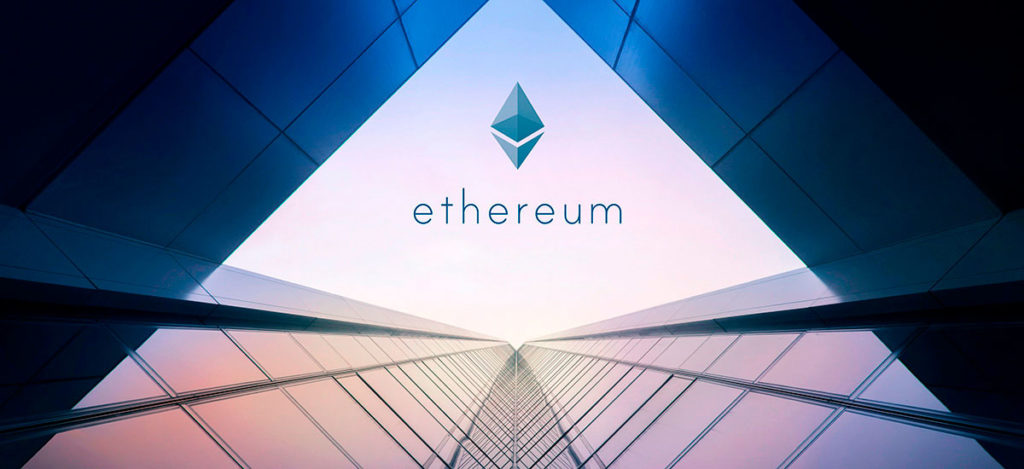
The first blockchain platform to be introduced back in 2015 was Ethereum. It is a distributed computing platform with Proof of Work consensus and its own Ethereum Virtual Machine, which provides a run-time environment for smart contract and DApp development and handles transactions & computations on the blockchain. It is a permissionless blockchain platform. Ethereum paved the way, and, because of certain limitations of its architecture, numerous other blockchain platforms have been created to solve the many problems arising from the complex task of providing a truly decentralized environment.
Hyperledger Fabric
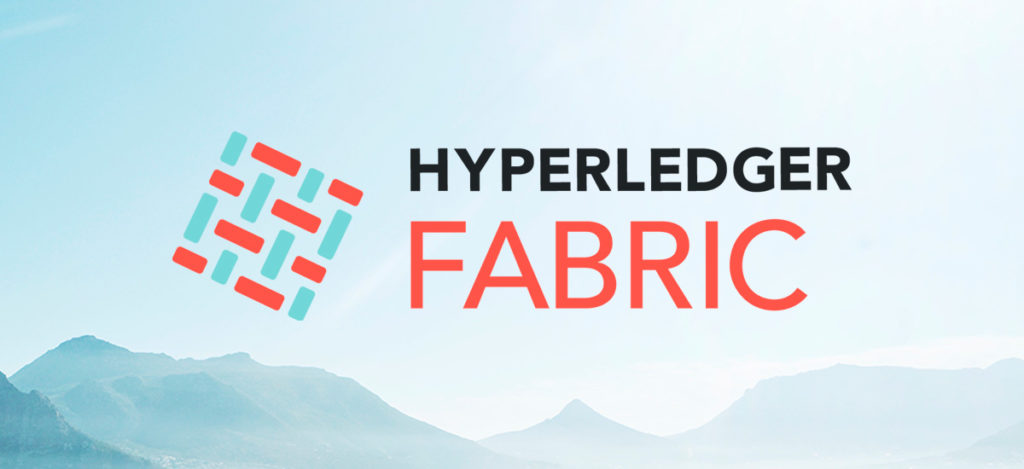
Hyperledger Fabric is an open-source, permissioned blockchain development framework with modular architecture, pluggable consensus and membership services. It leverages container technology called “chaincode”, enabling to host smart contracts and allowing it to be configured & deployed to various environments. It is an enterprise-grade solution used across a broad set of industries.
EOS
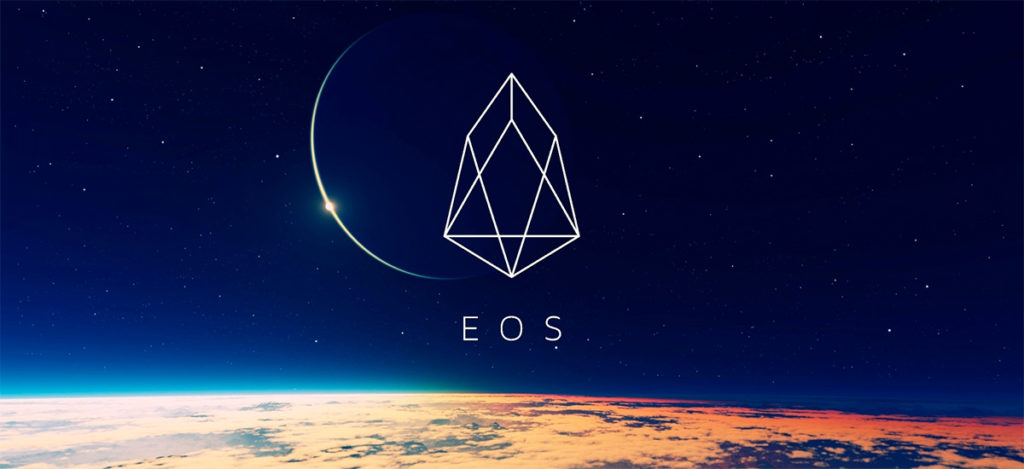
EOS is an open-source, cross-industry, permissioned blockchain. It was the first to introduce the DPoS consensus model, which, in combination with multi-threading architecture, allows for decentralized application’s hosting, decentralized storage of enterprise solutions and smart contract capability, solving the scalability issues of Ethereum and Bitcoin blockchains. It supports thousands of commercial scale DApps and provides inter-blockchain communication.
Ripple
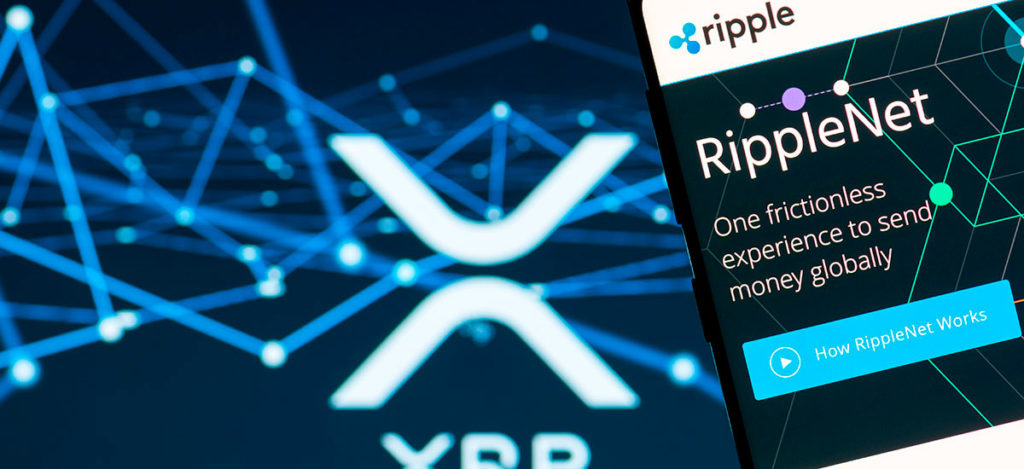
Ripple is an open-source, financial industry-focused, permissioned blockchain platform with a probabilistic voting consensus mechanism in place. Although it does not provide smart contract capability, it is designed to connect banks, payment providers, digital asset exchanges and other players of the financial market through its own global payments network, RippleNet. The network has extremely low fees on global transactions and does not allow chargebacks.
Stellar

Stellar is another financial services-oriented blockchain platform. Similar to Ripple, it may also be used for exchanges between cryptocurrencies and fiat-based currencies. In contrast, Stellar does offer smart contract functionality, which makes it possible to use it for building banking apps, smart devices and mobile wallets based on Stellar blockchain network.
The platform has its own Stellar Consensus Protocol (SCP), a federated byzantine agreement protocol, using sequential voting and node nomination to create and approve new blocks. Having a set of provable safety properties, SCP optimizes the process of reaching an agreement by halting the progress of the blockchain network until a consensus can be reached in case of misbehaving nodes or partition.
As compared to PoW and PoS mechanisms, SCP has much lower financial and computing requirements, which open up the financial system to new participants.
R3 Corda

R3 Corda is another financial industry-specific open-source, permissioned blockchain platform with pluggable consensus model. Although it was initially designed to be used in finance, R3 Corda is now being applied in various other use cases, including healthcare, trade, supply chain management, and eGovernance. Smart contract functionality makes Corda platform applicable for development of state-of-the-art commercial, enterprise-grade DApps for any business problem, challenge or opportunity.
Quorum
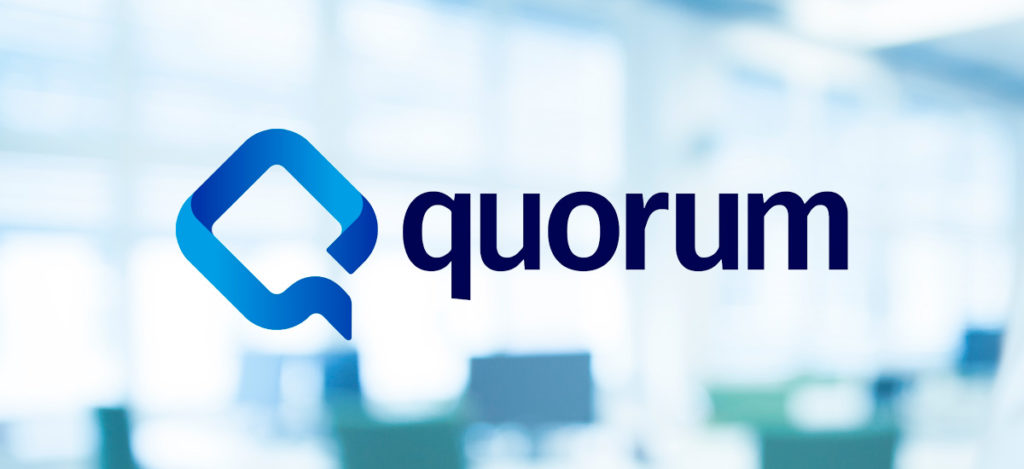
Quorum is one of the first open-source enterprise-ready distributed ledger and smart contract platforms put out by such a large and well-established financial institution as JP Morgan Chase. Having a modified Ethereum core, Quorum was designed to develop and evolve alongside Ethereum. Quorum is a permissioned network with a raft-based and Istanbul BFT consensus model, which enables faster transaction speeds and higher throughput relative to permissionless blockchains.
Qtum
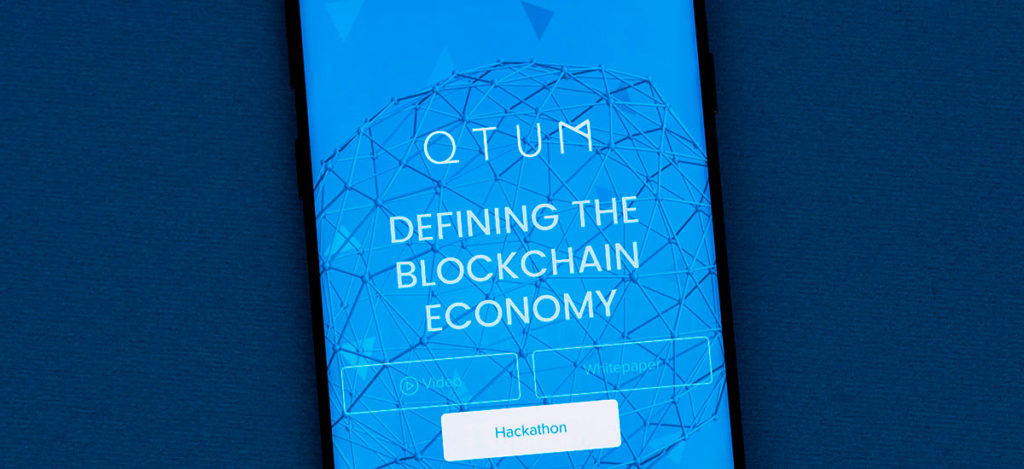
Qtum is an open-source hybrid blockchain platform. Qtum’s core technology combines the security of UTXO model, robust Bitcoin core architecture and an Account Abstraction Layer, which acts as a bridge to communicate multiple Virtual Machines, including the Ethereum Virtual Machine (EVM) and x86 VM. The Proof-of-Stake consensus mechanism enables true decentralization, increasing stability, security and efficiency of the blockchain platform.
Echo

Echo, a product of Distributed Hub blockchain development company, is a completely decentralized blockchain platform with high throughput and advanced smart contract development ecosystem. The platform embraces DPoS-inspired consensus mechanism to enable blazing-fast consensus, and the powerful Echo IA-64 Virtual Machine with the richest, most well-developed ecosystem of programming tools.
The platform was designed as an advanced smart contracts platform. Echo’s mission is to enable a wide range of blockchain developers to cooperate and take advantage of a highly scalable and efficient smart contract protocol, thus enabling a wide variety of business entities and individuals for the first time to actively and profitably participate in the blockchain revolution.
Echo and Qtum were developed by Distributed Hub, the leading blockchain development company. Contact us if you have a similar project in mind or if you require custom blockchain development services.
Blockchain Explained: Industry Application and Use Cases
Having blockchain explained, with a clear understanding what it’s capable of, let’s explore the possible industry applications and use cases of blockchain technology.
The first to benefit from blockchain technology will always be the financial and trade industries. Banks and governments set serious barriers to free flow of funds because of the time it takes to process transactions and the burdens of regulatory requirements. The blockchain introduces a new way of exchanging value to people and businesses alike, with much higher efficiency, reduced losses and no room for fraud, improved customer experience, significantly boosting local and international trade. Blockchain technology also stands to eliminate expensive intermediary fees that have burdened both individuals and businesses, especially when it comes to remittances.
More Than Just Finance
Blockchain technology provides the opportunity of eliminating intermediary control and coordination costs across many industries including education, government, scientific research, healthcare & medical, property rights & ownership, real estate, retail, eCommerce, supply chain, sharing economy and others. It could lead to extremely distributed enterprises with minimum or no central management.
Blockchain in Healthcare and Medicine

Electronic medical records on the blockchain is the number one use case for blockchain in healthcare. Distributed Ledger Technology (DLT) allows for a tamper-proof record of the patient’s medical history. This includes vaccines, lab results, treatment strategies and prescription history all placed in a single linear ledger stored on a decentralized network.
With permissioned blockchain networks, users can also share their personal medical information in a secure and safe manner.
Improved medication adherence to industry standards could be achieved by storing information on the blockchain, which is a more accessible place for doctors and other parties involved to communicate over prescription medicine compliance.
Blockchain in Ecommerce

Popular eCommerce platforms like Amazon and eBay will have to make way, adjust, or enter into partnership with emerging blockchain solution providers that solve the many issues currently troubling retailers. This includes major eCommerce platforms’ aggressive advertising of their own products, as well as presale fees causing retailers to increase prices to obtain the desired revenue amount. Strict policies hindering communication between the buyer and the seller also come into play.
Emerging blockchain network-powered marketplaces stand to solve all these problems and provide both retailers and buyers with a convenient environment and ecosystem of fair trade.
Blockchain Supply Chain Management

Many companies struggle to keep track of their inventory, storage, and logistics. This leads to poor data analytics and additional expenses. Retailers and manufacturers must put a great deal of trust in suppliers, distributors and transportation providers. The quality of their products and customer satisfaction depends on the other parties’ ability to transfer the goods to the right location and on time, making sure to sustain the right transportation conditions. If anything goes wrong, it’s the retailers’ responsibility to react timely and accordingly to eliminate the customer’s exposure to a fault in the supply chain.
DLT/Blockchain solutions are ideal environment to manage storage units across multiple locations and share that data with all the parties involved. Blockchain allows for real-time tracking and viewing accurate, tamper-proof data automatically tracked by GPS and IoT devices. This creates an opportunity for more efficient routing of shipments backed by the secure storage of data on a blockchain network. DLT solutions are much more efficient at managing every aspect of shipping logistics.
Blockchain in Real Estate
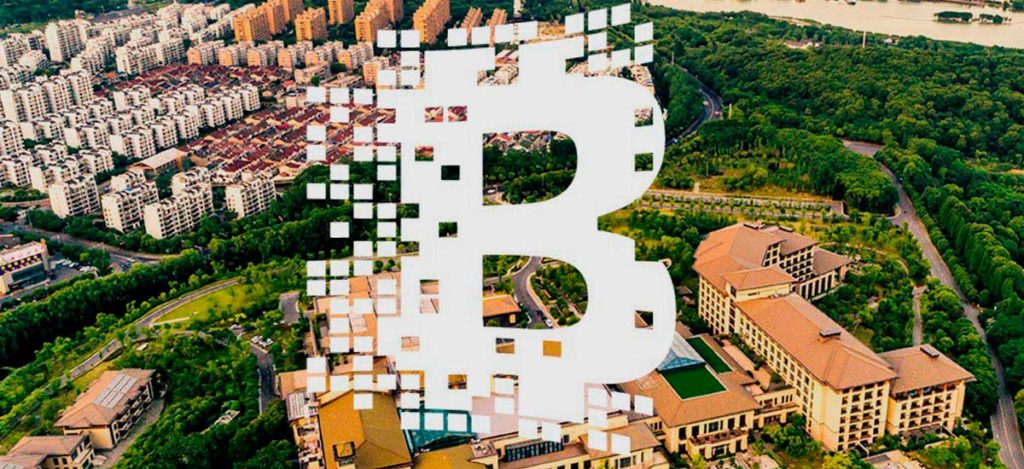
Real Estate can benefit from blockchain solutions by enabling purchase of property via digital currency. Digital tokens could increase the value of property within a large decentralized real estate ecosystem. Tokens can be liquidated or exchanged for other cryptocurrencies or actual funds.
Tokenization of real estate platforms could potentially consolidate lengthy processes, eliminate closing costs and broker fees. Transactions could be executed in a much more efficient way using decentralized consensus mechanisms.
Blockchain may be also used to track the history of repairs and property issues, help real estate agents improve resale value or make buyers aware of the property’s troublesome past. Home inspectors could contribute to a distributed database with immutable records. Buyers can be confident in their purchases, knowing the full history of the property.
Blockchain in Property Rights and Ownership

Intellectual Property Rights Management is a great example of blockchain’s application growth. The introduction of the internet has led to many issues where creators of intellectual property were not properly compensated. Musicians, playwrights, journalists, photographers, artists, fashion designers, scientists, architects and engineers are now not only obligated and constrained by record labels, publishers, galleries, film studios, universities and large corporations. They also have to deal with piracy that spread throughout the web. Blockchain technology provides a new platform for intellectual property owners to protect their creations.
Projects like Mycelia, founded by Grammy-awarded singer/songwriter Imogen Heap, enable creating intelligent songs with smart contracts built in, allowing artists to sell their music directly to listeners without going through a label, a financial intermediary, or a streaming service. This means that royalties and licensing agreements are executed automatically and artists get paid first. Spotify, Apple, Sony Music and other mass media and streaming services might need to apply new business models in order to stand up to this new innovative concept as it continues development and gets acknowledged by the community.
Blockchain in Sharing Economy

The Blockchain technology can provide suppliers of services with stronger means to collaborate, which in turn brings greater value to them. Most of Uber’s functionality can be implemented through blockchain. Blockchain trust protocol allows for cooperating parties to be formed and managed by people that are brought together to accomplish common goals. This way all revenue goes to the members who are also in control of the platform and are responsible for the decision-making process.
Blockchain in Government & eGovernance

Blockchain software can help in creating full-scale eGovernance ecosystems by providing verified IDs registered on the network. Such systems could help citizens vote, pay taxes and perform other government-related transactions with increased privacy and security.
All government transactions could be moved to the network, creating virtual residency accounts to establish identity and providing access to educational, banking, mobile communication and other services.
Blockchain-based identity gives citizens control of their personal information and allows them to decide who can access their data, eliminating the need for regulations to govern these processes.
Takeaway
Blockchain is a groundbreaking technology that was first utilized to streamline financial transactions and eliminate intermediaries. However, today’s application of modern distributed ledger solutions serve a wide variety of industries such as eCommerce, supply chain management, property rights & ownership, and many others.
Now that we have blockchain explained and know all of its potential for cross-industry application, we hope more people will start acknowledging its advantages. Blockchain integration opens the door to new opportunities for businesses and individuals alike. It is no doubt we will see more innovation and development in blockchain technologies than any other software development industry in the near future.
Looking for experienced blockchain developers? Contact Distributed Hub blockchain company about your project now.
